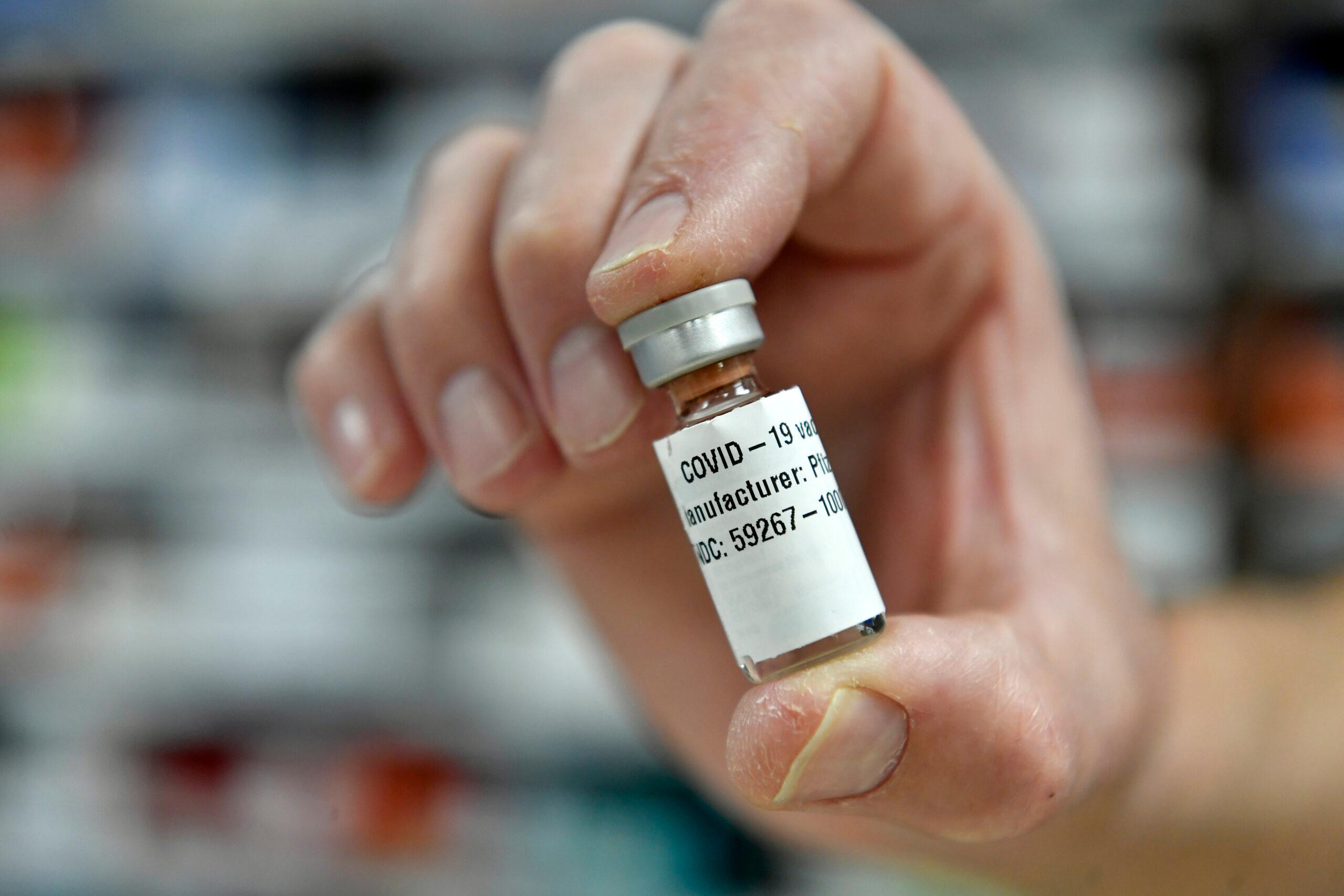
After complaints that the vaccine distribution program in Eagle County was unfair, the county is now offering residents aged 70 and older a new way to get earlier protection from the coronavirus: Luck.
The county announced this week that they would have a rolling sign-up procedure and lottery to select residents for COVID-19 vaccinations with the goal of improving “fairness, efficiency, and transparency” in the process.
Earlier this week, the county began vaccinating older Coloradans though critics said the approach was ad hoc and may have given an advantage to more privileged residents. The original sign-ups filled all slots only five minutes after being opened to the public.
When extra slots became available, they were randomly distributed, according to Marian McDonough, who represents Catholic Charities in the area, which serves a mostly low-income, immigrant population.
“There was no formal waiting list to get folks who signed up,” McDonough said. “It became an ‘if you know someone’ distribution.”
McDonough called the process “frustrating.”
Eagle County also admitted to hearing about frustration among residents who faced technical difficulties while trying to sign up for the vaccine.
According to the state’s vaccine plan, frontline health care workers and senior home residents and staff are eligible for the first vaccines. But last month, Gov. Jared Polis moved people 70 and older up the list to align with guidelines from the Centers for Disease Control and Prevention, and has since said those older Coloradans will be next on the priority list.
But confusion set in as some counties, like Eagle and Summit and some health systems, like UC Health, began inoculating some in the group, while others either were still focusing on the first tier groups or didn’t have enough of the vaccine.
Polis addressed the confusion earlier this week, and said he believed some of the chaos was inevitable.
“The benefits of going as quickly as possible to get it into the arms of folks far outweighs delaying until everything is lined up,” Polis said.
Eagle County announced its new system would allow eligible groups to fill out an online form or call to sign up and said if the number of sign-ups exceeded the available doses, future appointments would be issued based on a lottery system.
Fair and equitable treatment of different groups has been an issue since the beginning of the pandemic, particularly for people of color in Colorado who have been disproportionately affected by the virus.
The state health department promised to release demographic information about which groups have received the vaccine but so far has failed to do so, making it unclear if different populations are getting equal access to the vaccine.
Catholic Charities’ Marian McDonough said another barrier to getting the immigrant community vaccinated could be general mistrust in the Latino population around vaccine safety.
“The word on the street is that there is quite a bit of hesitancy to get the vaccine,” McDonough said of the Latino community she works with in the central mountains.
That hesitancy is backed up by research that shows Black and brown communities are more likely to distrust vaccines, including one for COVID-19, than white communities.
The state plans to embark on an education campaign designed to improve the numbers of people willing to be inoculated. But attention is first focused on obtaining enough vaccine and creating a distribution process to move it more quickly.
As of Friday afternoon, more than 60 percent of the doses Colorado had received had not yet been injected into people in any category, yet Colorado still ranked among the upper-third of states for vaccine distribution efficiency.









